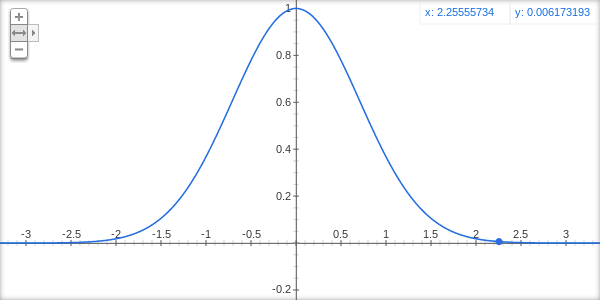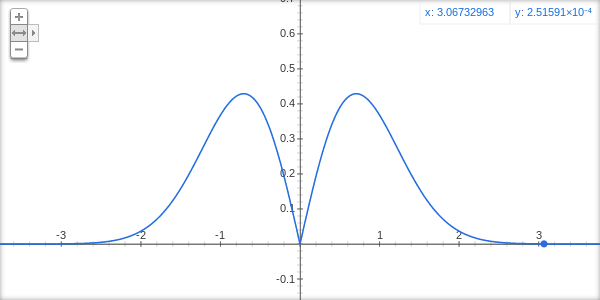Inspection Paradox as a Driver of Group Separation
post by Shmi (shminux) · 2019-08-17T21:47:35.812Z · LW · GW · 0 commentsContents
No comments
Have you ever noticed that anybody driving slower than you is an idiot, and anyone going faster than you is a maniac? -- George Carlin
The Inspection Paradox, where the reported results are heavily observer-dependent, has been mentioned here a couple of times before:
https://www.lesswrong.com/posts/tqEAiScpz7g2xLHtE/the-inspection-paradox-is-everywhere [LW · GW]
https://www.lesswrong.com/posts/HW2fbbGM8B6y7pkDb/the-just-world-hypothesis#8r2uaA6Mb25k2vF9Z [LW(p) · GW(p)]
An example of it that is familiar to everyone is that, when driving with an average speed, you see all other cars separating into two categories: slow drivers and fast drivers, because you naturally encounter more cars who are faster or slower than you are, and none that move at the same speed. So a normal distribution of speeds becomes bimodal, from something like this:

to something like this:

Another familiar example, from the newer post by the original author, is that for an average Facebook user,
Your friends have more Facebook friends than you do.
Because, naturally, members with more connections are more likely to have a connection with you, among others.
(For the record, the inspection paradox can be classified as subset of the sampling bias, which, in turn, is a form of the oft discussed selection bias.)
But back to the apparent multi-modality. You encounter is whenever unusual events have a higher availability, sometimes properly measured like in the average driver case above, and sometimes perceived, like in the availability heuristic. This doesn't have to be about the frequency of the observations, it could be about their emotional impact. If the more "out there" the observations are, the more they affect you, then their distribution would appear bimodal, and you might instinctively recoil from them, and seek the comfort of the in-group. In this case the inspection-induced multi-modality may turn into an actual one, a case of perception becoming reality. (I had attempted to model it numerically some months ago, in two companion [LW · GW] posts [LW · GW], sadly not written well enough to attract much interest, but showing that the effect described may well be real.)
0 comments
Comments sorted by top scores.